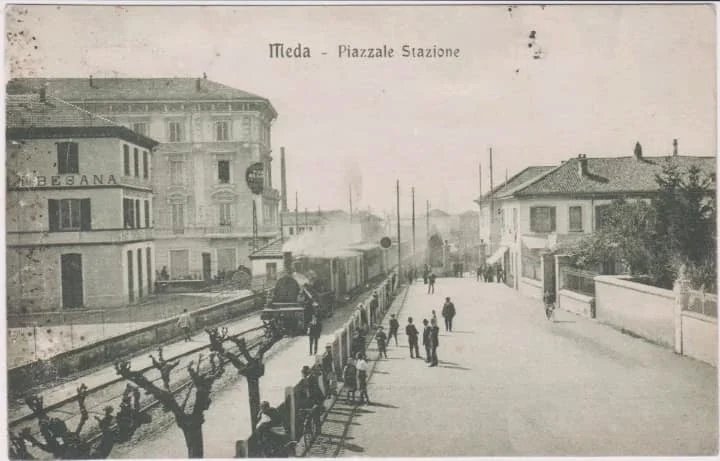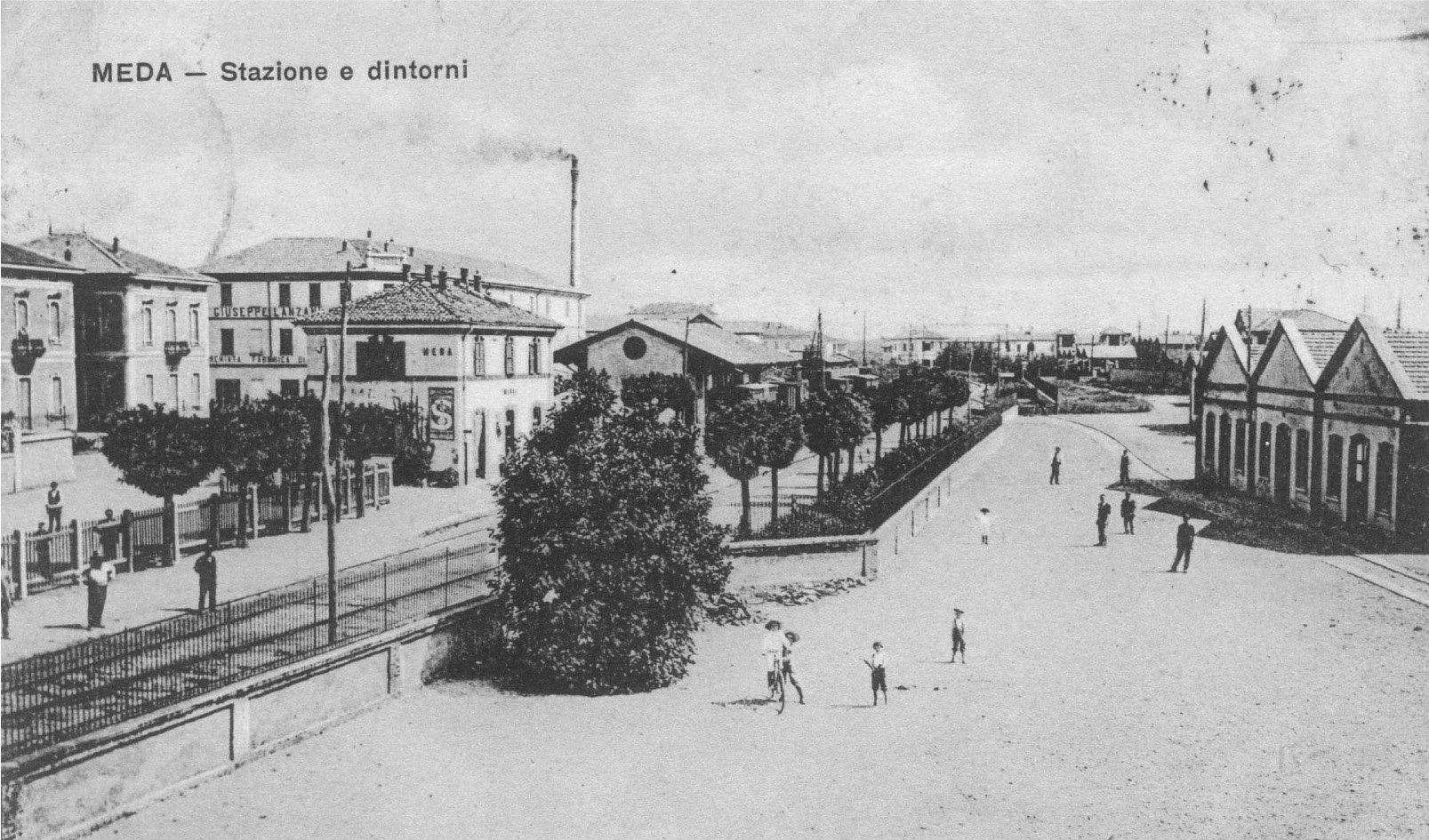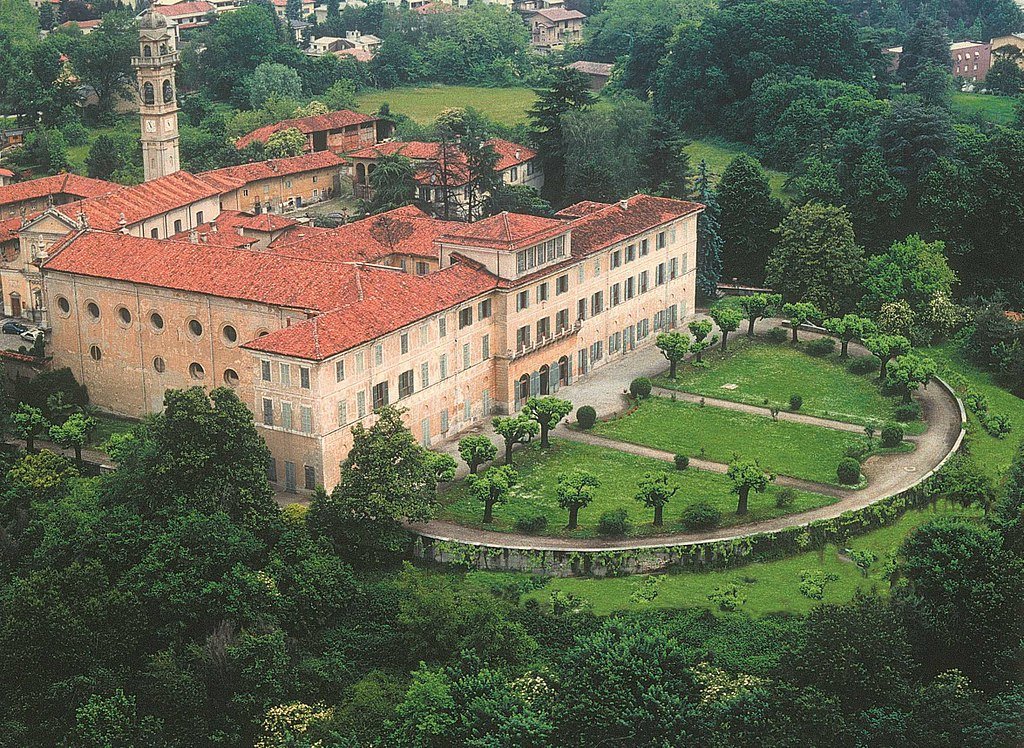Meda


The Roman place of Media Via between Mediolanum and Comum, now just a short distance by road from Seveso in the direction of Seregno, has been known since the 1700s for its furniture production. Its previous history largely coincides with that of the convent of San Vittore, whose history has been accurately reconstructed and which would now be a thousand years old if it had not been suppressed in the Napoleonic era. All that remains of the convent is the Oratory of San Vittore, which dates back to the early 16th century. It features a façade built in 1730 and houses frescoes contemporary with the Lombard school which can be attributed to the school of Bernadino Luini, as well as an altarpiece by Il Cerano. Next to the oratory, the Villa Antona Traversi is the result of the neoclassical transformation of the convent buildings, possibly by Leopoldo Pollack and Pelagio Palagi; in the Choir Room there are frescoes by Giovan Mauro Fiammenghino.
Gallery

The passenger building and adjacent warehouse stand on the square in front. Postcard from the 1920s 
The surroundings of Meda station, late 1940s/early 1950s 
Villa Antona Traversi (500 m from the station): neoclassical residence built by architect Leopoldo Pollack, by transforming the pre-existing medieval convent dedicated to San Vittore. As well as the church dedicated to the saint, which houses magnificent frescoes from the Lombardy Renaissance, there are also wonderful neoclassical rooms on the ground floor, the Choir Room, with frescoes by Bernardino Luini and his school, and the vast historical archive, which is one of the most important private archives in Lombardy.